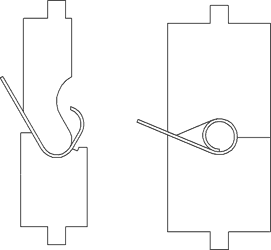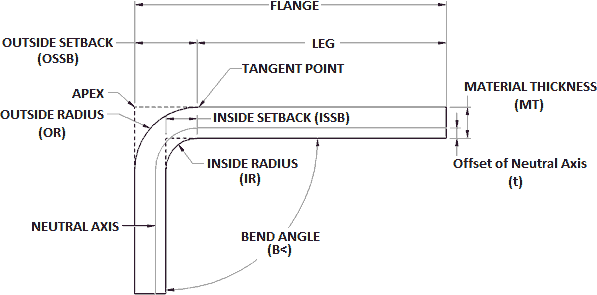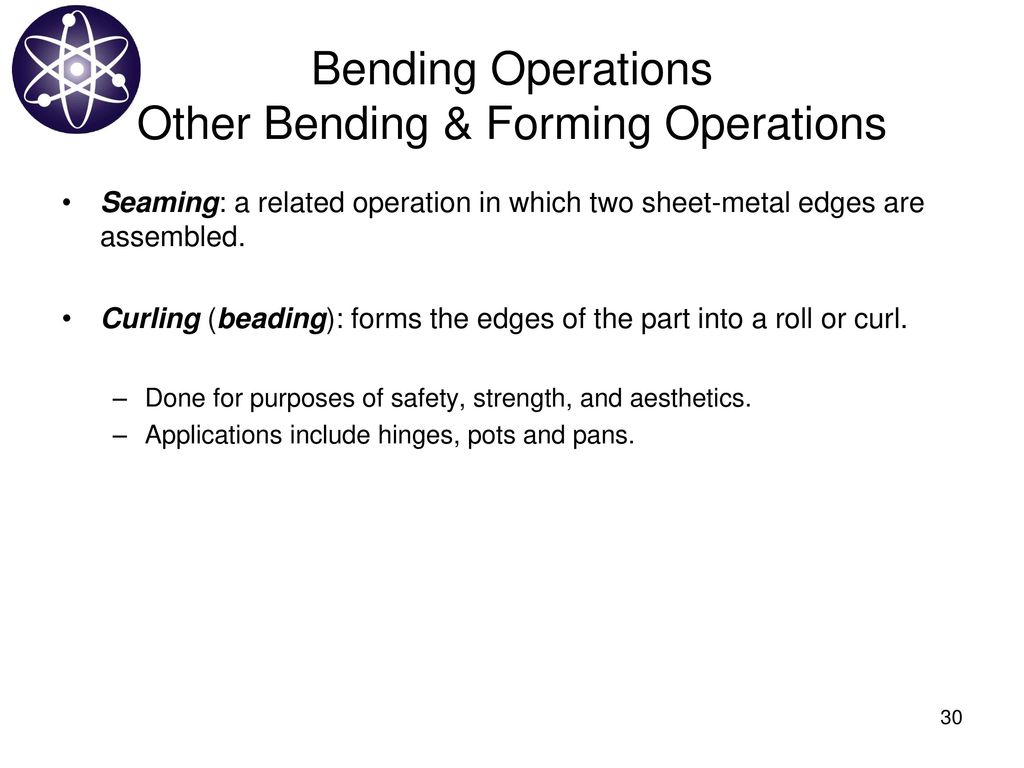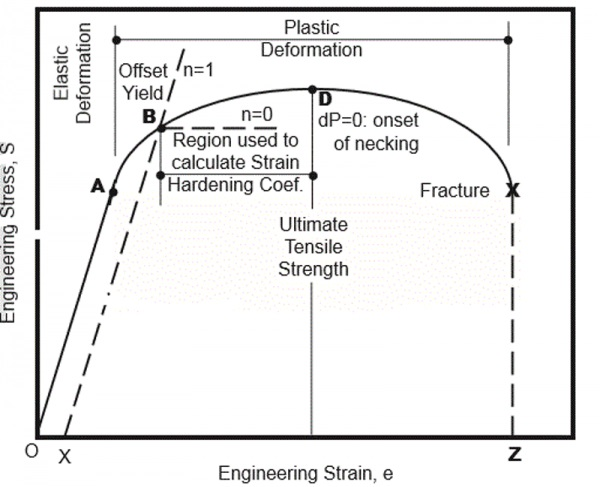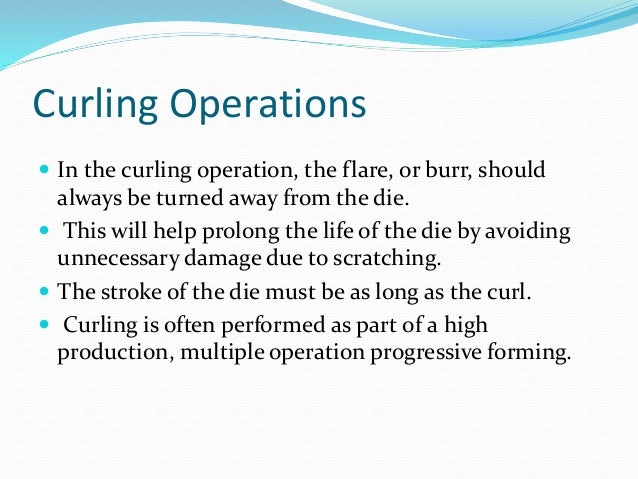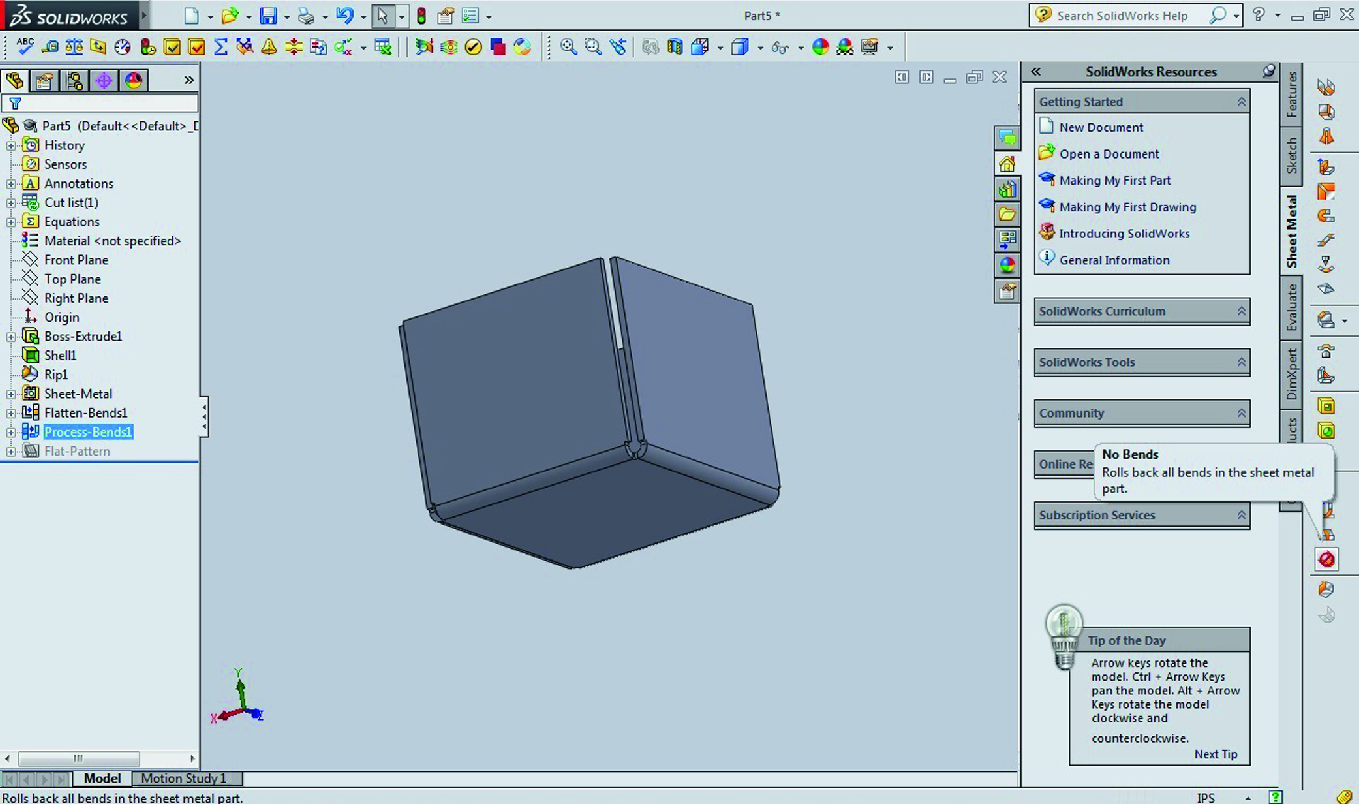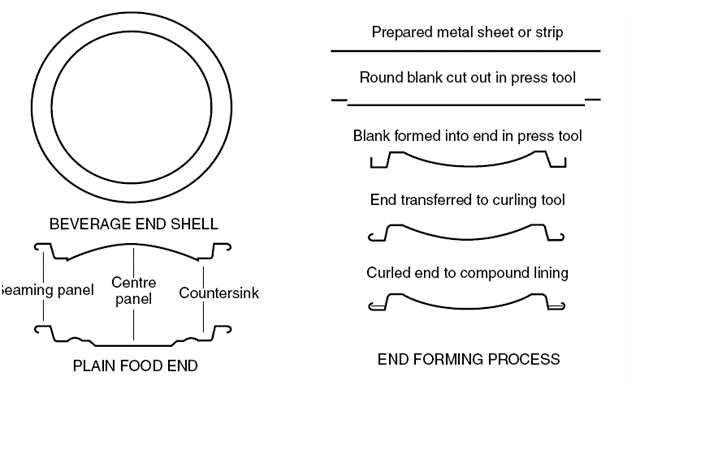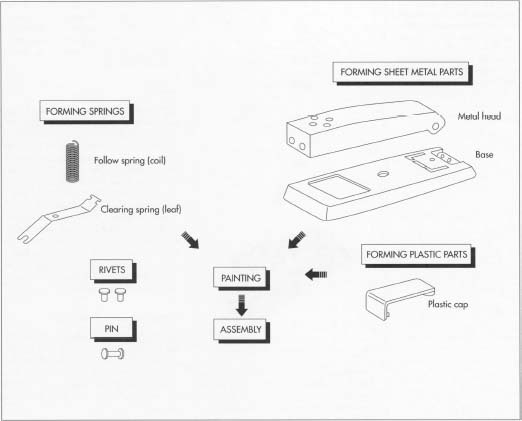Curling Operation In Sheet Metal

Sheet metal often contains sharp edges with burrs after it s initially produced.
Curling operation in sheet metal. This is normally done to eliminate sharp edges. Sheet bending sheet bending is defined as the straining of the. These curls should generally have a diameter of about 10 to 20 times the thickness of the material being worked. Curling can be performed to eliminate sharp edges and increase the moment of inertianear the curled end.
Curling channel u bending air bending offset bending corrugating and tube forming. This operation is sometimes called false wiring. Drawing a process in which a shell of any shape is produced from flat sheet metal. Curling can be performed to eliminate sharp edges and increase the moment of inertia near the curled end.
Curls are produced in order to shape the material into a hollow ring. Curling is a forming process that involves de burring sheet metal to produce smooth edges. Curlingis a sheet metal formingprocess used to form the edges into a hollow ring. Sheet metalworking cutting and forming thin sheets of metal usually performed as cold working sheet metal 0 4 1 64 to 6 mm 1 4in.
Curling is a sheet metal forming process used to form the edges into a hollow ring. Curling is a sheet metal forming process that s used to smooth out the otherwise sharp and rugged edges of sheet metal. Other parts are curled to perform their primary function such as door hinges. The curled edge provides strength to the edge and makes it safe for handling.
Other parts are curled to perform their primary function such as door hinges. Curling is different than a tear drop hem because in a curl the edge finishes inside itself where a hem leaves the initial edge exposed.
